I was recently at a BestBuy that didn’t feature a Magnolia section. Because I wasn’t in a particular rush, I decided to walk around and think about big box stores (not just BestBuy) from the perspective of layout and customer experience with audio. With audio and home theater dealers declining and the larger, specialty chains (like Tweeter) now a faded memory, the only upgraded audio experience consumers will have is through big box stores like BestBuy. It isn’t a good one, unfortunately.
I firmly believe that audio is 50% of the total picture in home theater. Watching Lord of the Rings, Terminator, Tron Legacy, Star Wars, or any Pixar movie with puny speakers lessens the impact of the movie. If you don’t believe me, then why does Hollywood spend time and energy on a musical score? Music and audio move. In fact, it doesn’t even need to be an epic movie. A romantic movie with a cafe scene or with live jazz isn’t the same if the music is tinny or thin.
If that’s indeed true, then we have a problem. Big box stores aren’t allocating 50% of their AV space to TVs and 50% to home theater audio. Instead, there’s usually just one side of a single aisle where you can find loudspeakers. Here’s a picture of the audio section at this particular BestBuy.
There wasn’t an option to audition the speakers. As you can see, all the speakers are laid out in the worst-possible acoustic way. Customers are left blind. While you can at lease see a television, you certainly couldn’t hear any of the speakers. How, then, are you expected to know what a difference such speakers could make? How then is any consumer able to differentiate one speaker from another? How is such a market supposed to grow?
When I visited a BestBuy that did have a Magnolia store, I went in and they did have the speakers laid out and you could listen via a switcher to a set of speakers and a receiver. However, much to my annoyance, the speakers weren’t setup optimally and to top it all off the room was full of hard, cabinet doors at the first reflection points. What did this do? It made a pair of B&W speakers sound like they were playing from the left side of the store when they were straight ahead.
I was appalled.
Once again, what are you trying to show your potential customer? Whoever designed the speaker room was certainly not attuned or sensitive to acoustics. Why on earth would you put large smooth, reflective cabinet doors in the room at the first reflection point. And wouldn’t you at least train the Magnolia staff to be attentive that speakers should not be pointing to the outside?
Every single big box chain who sells loudspeakers is to blame—BestBuy, PC Richards, etc. They all fall prey to the same issues. Because I want my criticisms to be constructive, here is what I suggest:
- Retailers need to make a decision whether or not they want audio—not just headphones—in their stores. If they don’t, then remove all the loudspeakers and let them be purchased solely online. I’d rather have that than the current state of things.
- Section off the store into smaller “rooms” where you can properly setup audio systems with TVs. Larger stores could have up to three. Smaller stores could have just one or two. Have only those rooms playing the audio for the home theater and AV parts of the store. Don’t you think that customers who hear good audio will then be drawn to that section? That section could then be used by floor sales associates to upsell audio systems.
- Have one room that is specifically wife-friendly in design and decor. Guys want good audio systems and wives want good looking systems. I suggest the following tier for a three-room option within a store:
- Room 1: Wife-Friendly and wireless. Provide an option for a high-end sound bar and architectural speakers. This room should also have a wireless audio and home theater option like Sonos. Customers can then switch between the two to see what they sound like and how easy it is to add incredible audio without the eye-sore or cost of wiring.
- Room 2: Entry Level. This room should have bookshelf speakers with a subwoofer and feature a 5.1 setup. Target a solution that is around $1,000-$1,500 for the speakers and another $800 for the subwoofer. Show how someone could “grow” into this solution. A deal-breaker for many is doing the math on a 5.1 or 7.1 setup. Don’t fall into this trap. Make the customer think of this as a 2-3 year grow in period if they can’t afford it right away.
- Year one in this scenario would be the front speakers
- Year two would be the subwoofer
- Year three would be the surrounds
- Room 3: High End. This room should have floor standing speakers for a 2.0 setup and bookshelf speakers and a sub for a 2.1 setup. The room should also have a full 5.1 setup so that people can hear the difference between the entry level and high end setup. Once again, there should be a visible chart on how to grow into such a system over 2 or three years. I would follow the same grow in period as with Room 2.
- Leverage your store credit card. Put the options into real terms for customers. For example, with BestBuy you can get deferred financing. promote this in real terms with monthly payments.
- Provide purchasers of televisions with incentives to upgrade their audio. TV buyers are your prime audience. You know who they are and you likely have them on your marketing list. Target them with special audio deals and given them a coupon and deadline to redeem their incentive. For example, if you purchase X television you get 10% off the following speaker setups. If you purchase Y television, you get 15% off the following speaker setups, etc. Work with your higher end brands like MartinLogan and B&W to work out such promotional deals.
- Provide speaker reviews in the store about the speakers. Work with the manufacturers to have reviews done on your speakers so that you can reprint them. Manufacturers will know if they have a great value speaker or a dud. It doesn’t cost a lot of money to promote a good product.
- Consider changing your brands. Yes, that’s right, don’t carry terrible products or brands. Not only are you having lower profit margins and lower potential profit per sales but you are also pushing away potential customers.
- Consider offering a speaker upgrade program. Many high-end stores will allow you to trade-in gear within a year and use that purchase price towards the purchase of more expensive gear. Earmark certain products like B&W and MartinLogan speakers for this exclusive opportunity. Then customers can start small and work their way up the product line. There needs to be a very clear definition of the condition that speakers must be in to be eligible for this upgrade. The traded-in speakers can then be re-sold as used. If you stick to high-end speakers then there is value to that.
- Train your associates. One of the great things about BestBuy when it first opened was it’s knowledgeable associates. Due to many factors, the training has taken a nose dive. BestBuy in has started to bring this back and it’s made a difference in the customer experience. Other big box retailers have completely ignorant staff. If you’re serious about staying in the game long-term you need associates who are knowledgeable. Otherwise, you’ll completely collapse to the pressure of online-only ordering.
- Leverage your installers. The Geek Squad with BestBuy is an underutilized service. It’s not just about hanging up televisions. It’s also about setting up audio systems and tuning things. Make the Geek Squad a white-glove-like experience that customers will rave about. Don’t be afraid to offer free Geek Squad installation assistance when it comes to the purchase of certain bundles. Let customers experience good service first-hand and become evangelists for you.
I may be spot on with what I said or completely off in my opinion. Nevertheless, I do know one thing: Televisions are getting thinner and thinner and OLED promises a complete revolution in television footprint profiles. The laws of physics can’t be changed. Thinner televisions means shrinking, tinny speakers and worse sound. Either you’re going to have everyone wearing headphones or retailers are going to realize that there is an untapped market for home audio.
As a die-hard audiophile who firmly believes that there are exceptional solutions for just about any budget, the death of audio in stores is a sad state. But here’s the real tragedy. As human beings we love audio and music. We, however, aren’t giving people the opportunity to experience it. Audio isn’t dying on it’s own. We’re contributing poison to the mix.


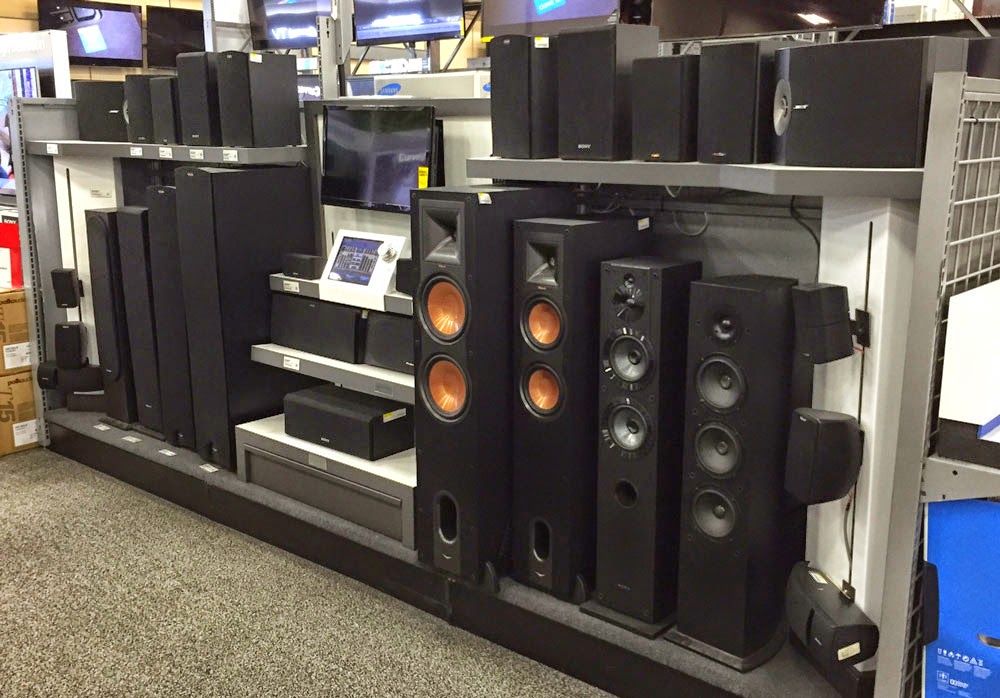
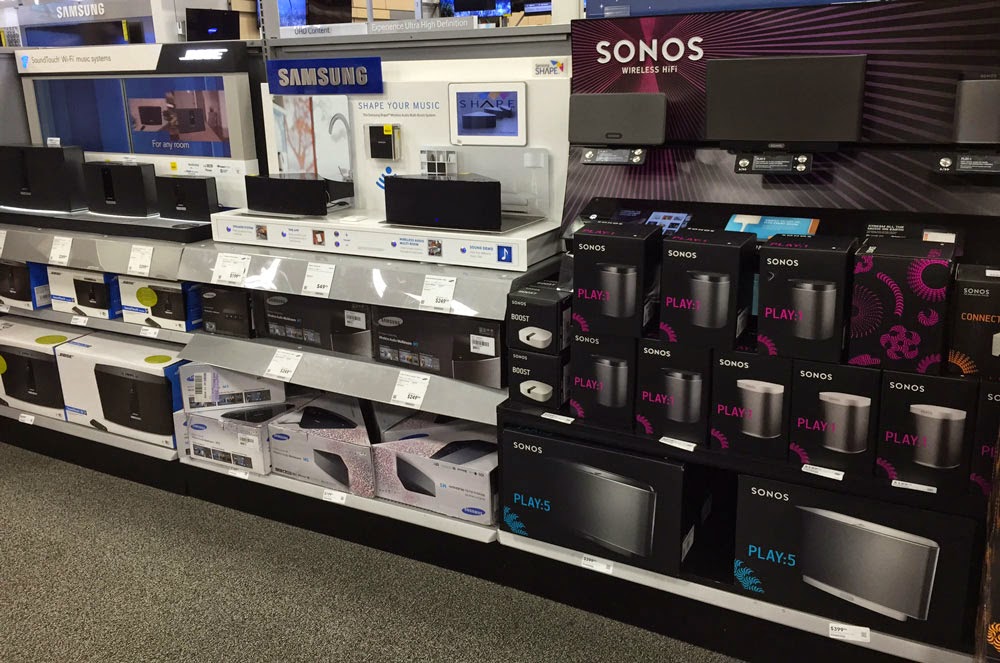





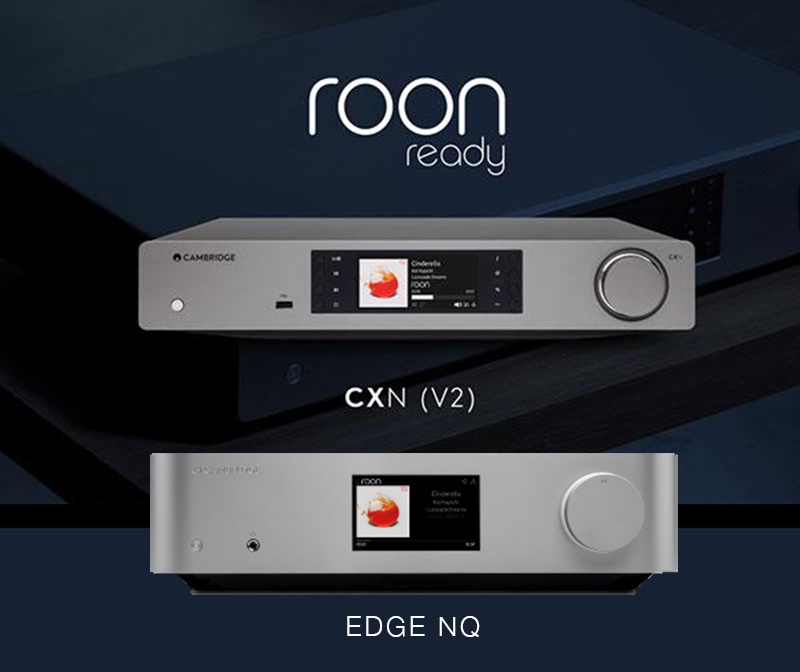
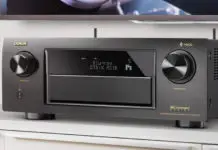
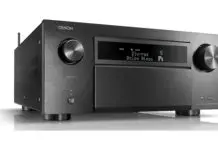
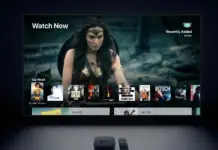


Great article friend… I share the same views as you. Very well put!!
Thanks BharathRam. Let's keep the audiophile faith on this one!
Very well put and I am sure any moderate enthusiast would completely agree with your article (First time reader). Having spent some time up in Seattle where there is some semblance of an audiophile world out there, I am left with nearly no place to comfortably demo products in Sacramento. So, mail order and trial by fire it is. Cheers.
Thanks for sharing your thoughts. It's amazing how audiophile opportunities abound or are scarce depending on the part of the country you're in. More and more, like it or not, mail order will be playing an increasing role in the life of audiophiles who want to demo equipment.
Comments are closed.